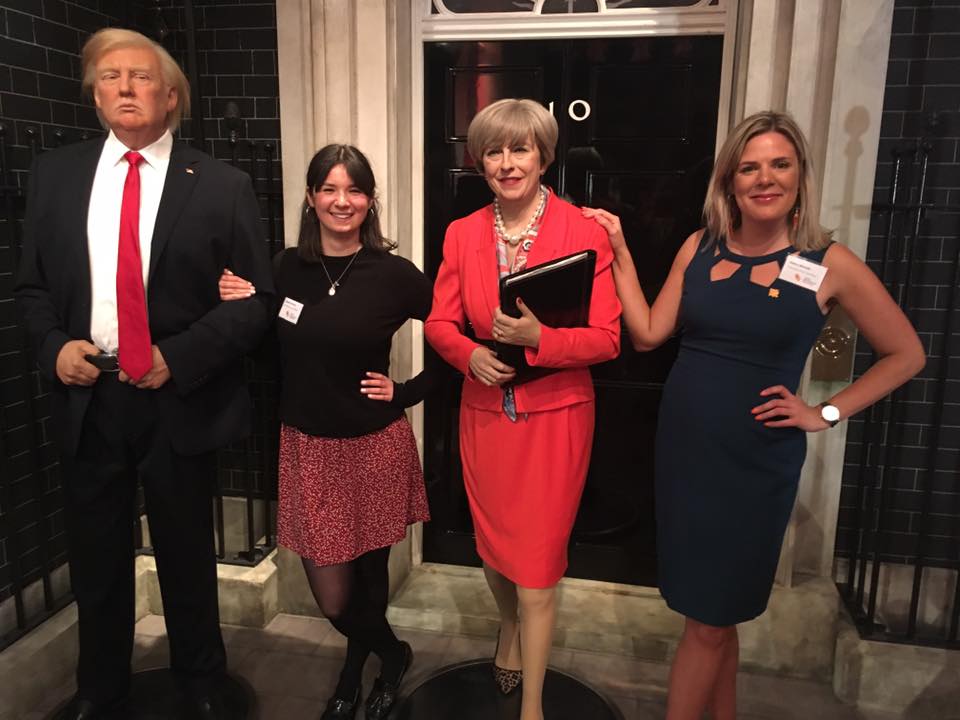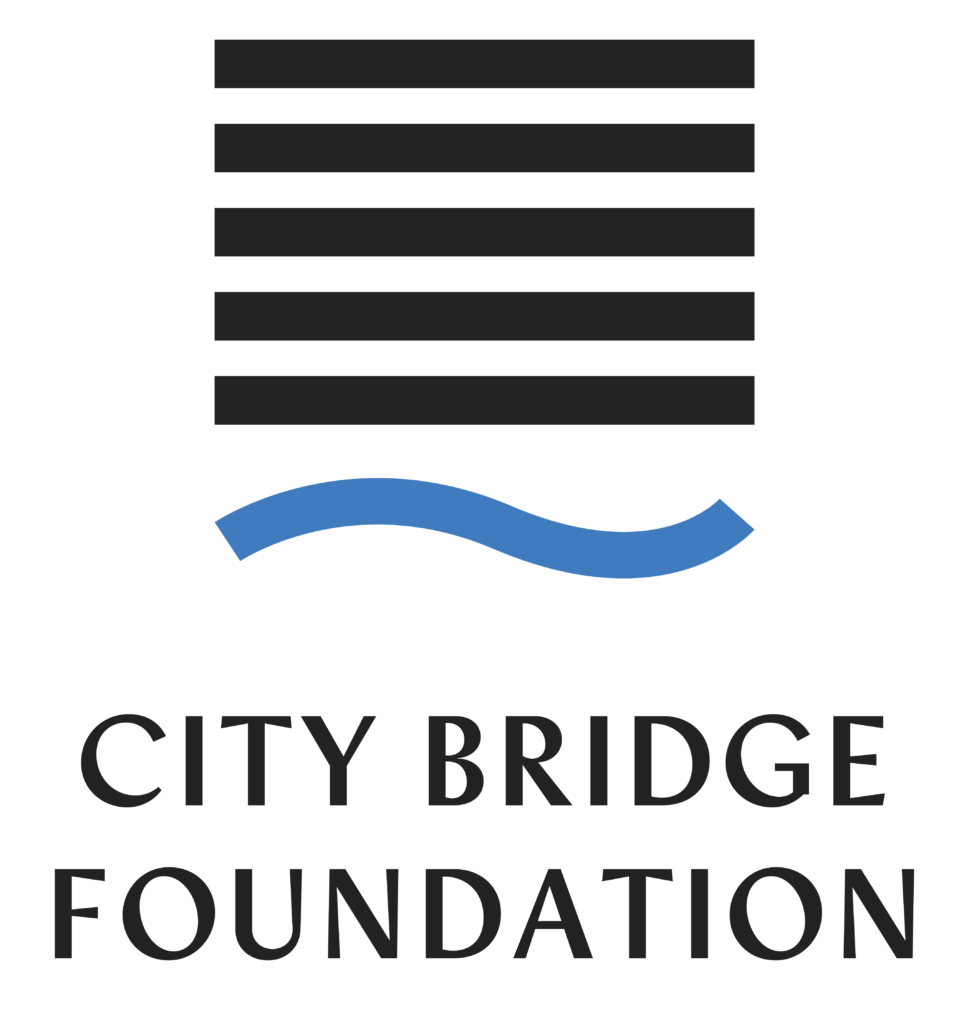7 weeks ago, I knew virtually nothing about the experience of young people in Westminster, or even about the borough in general. When I had told my friends where I would be working in the summer, they responded “I swear no one even lives in Westminster”. I shared their confusion. But as I walked to the office (situated in Westbourne ward), I was surprised by how familiar the surroundings seemed. It was like walking through my home borough of Lewisham- chicken shops to my left, newsagents to my right. It was wholly different to the image that usually appears when us south-east Londoners think of ‘Westminster’.
Since this observation on day one, I have learnt many things. I will share a few of them below.
Westminster is unique
The borough of Westminster has many unique features: some of which benefit the people of the borough, and some which do not.
Firstly, the borough has fantastic youth services that make real differences in young people’s lives. Reading about the member organizations of the YWF, it is clear that there are a huge number of youth organizations that are well attended and highly valued. I cannot help but compare this with the lack of such organizations in Lewisham: neither I nor any of my peers attended youth clubs when we were at school.
Secondly, there is no other borough in London where young people can grow up in the middle of so much heritage and history. I have heard several young people from Westminster talk about how they enjoy growing up in the political heart of the capital. I also envy growing up in such a central location- we still don’t even have the tube in south London, as my friends from other bits of the capital like to remind me.
However, I was right in my initial observation that Westminster and Lewisham have common features. Both have similar demographics, as well as high levels of child poverty and crime. The major difference lies in Westminster’s extreme levels of inequality. Lewisham has varying levels of privilege within it, but Westminster trumps this: its local areas rank as both the most and least deprived in London. This can serve to create an atmosphere of segregation within the borough.
To add salt to the wound, the deprived areas of Westminster are not only worse off than other parts of London in terms of poverty, but are disadvantaged through its divided council. Lewisham benefits from having a council comprised of 54 Labour councillors (the entire council). Westminster must navigate council issues in the face of division: 41 Conservative and 19 Labour councillor
The importance of charities like YWF
This is why organizations such as the YWF are imperative as we look for new ways to address young people’s needs. I have enjoyed learning about the new methods that the YWF are implementing in order to make their actions as effective as possible; just last Monday, I attended one of their focus groups, where young people were asked directly about what services they’d like to see in order to support their health and wellbeing. The aim is not to provide a larger volume of traditional remedies, but to tailor our approach using direct evidence and advice. It is certainly an exciting movement to be a part of.






